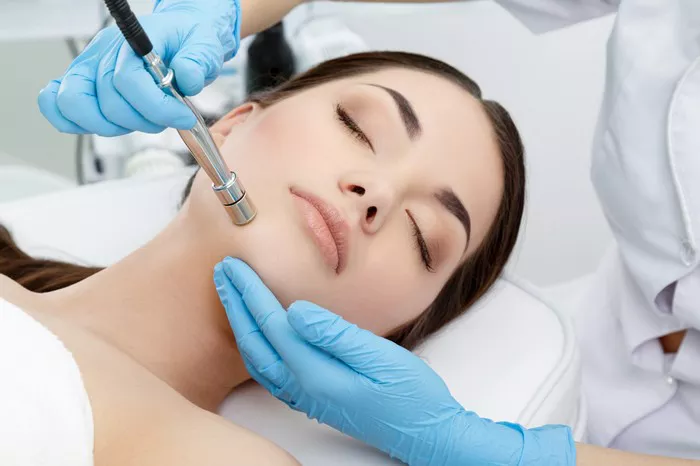Microdermabrasion is a popular cosmetic procedure that aims to improve the appearance of the skin by gently exfoliating the outermost layer. While it offers numerous benefits and is generally safe, it’s important to consider the potential disadvantages and limitations of microdermabrasion before undergoing the treatment. In this article, we will explore five potential disadvantages of microdermabrasion to help you make an informed decision about whether it’s the right procedure for you.
1. Limited Effectiveness for Deep Skin Concerns
Microdermabrasion primarily targets the superficial layer of the skin. While it can be effective for addressing minor skin concerns such as mild acne scars, uneven skin texture, and fine lines, it may not be as effective for deeper skin issues. Deep wrinkles, severe acne scars, and significant pigmentation concerns may require more aggressive or specialized treatments, such as laser resurfacing or chemical peels. If you have deep skin concerns, it’s important to discuss your expectations with a qualified professional to determine if microdermabrasion is the most suitable option for you.
2. Potential for Skin Irritation and Sensitivity
Microdermabrasion is a physical exfoliation technique that involves using a handheld device to gently remove the outer layer of the skin. While the procedure is generally safe, there is a potential for skin irritation and sensitivity, particularly in individuals with sensitive skin or those prone to conditions such as rosacea or eczema. Following the treatment, some individuals may experience temporary redness, mild swelling, or a slight stinging or burning sensation. It’s important to communicate any discomfort or concerns with the provider during the procedure and to follow their post-treatment care instructions diligently.
3. Temporary Side Effects
Microdermabrasion is a non-invasive procedure with minimal downtime, but it can still result in temporary side effects. After the treatment, it’s common to experience some mild side effects, including redness, dryness, flakiness, or a feeling of tightness in the treated area. These side effects usually subside within a few hours or days as the skin regenerates and adjusts. It’s essential to follow the provider’s aftercare instructions, which may include avoiding sun exposure, using gentle skincare products, and applying moisturizers to minimize these temporary side effects.
4. Multiple Sessions Required for Optimal Results
Microdermabrasion is not a one-time treatment. To achieve optimal results, a series of sessions is usually recommended. The exact number of sessions will depend on factors such as your skin concerns, desired outcomes, and the condition of your skin. While this may be seen as a disadvantage for some, it’s important to note that the gradual approach allows the skin to heal and regenerate between sessions, reducing the risk of complications and allowing for a more natural and sustainable improvement in the skin’s appearance.
5. Not Suitable for All Skin Types and Conditions
While microdermabrasion is generally safe for most skin types, it may not be suitable for everyone. Individuals with certain skin conditions or sensitivities, such as active acne, open wounds, sunburns, or skin infections, may be advised to postpone or avoid microdermabrasion. Additionally, individuals with a history of keloid scarring or those who have recently undergone certain cosmetic treatments, such as chemical peels or laser resurfacing, may need to wait before considering microdermabrasion. It’s crucial to consult with a qualified professional to assess your skin’s suitability for the procedure and to discuss any potential contraindications or concerns.
Conclusion
Microdermabrasion is a widely used cosmetic procedure that offers numerous benefits for improving the appearance of the skin. However, it’s important to consider the potential disadvantages and limitations of the treatment. These include its limited effectiveness for deep skin concerns, the potential for skin irritation and sensitivity, temporary side effects, the need for multiple sessions, and the need for careful consideration of suitability for specific skin types and conditions. By understanding these potential disadvantages, you can make a well-informed decision about whether microdermabrasion aligns with your expectations and skin goals. It is always advisable to consult with a qualified professional who can evaluate your unique situation and guide you towards the most appropriate treatment options for your specific skin concerns.


